Table of contents
- What does a marijuana leaf look like?
- How many leaves does a marijuana leaf have?
- How to draw a marijuana leaf
- How to draw marijuana leaf - simplified
- How to draw a marijuana leaf easy
- Morphological diversity of marijuana leaves
- Leaf anatomy and functional micro-zones
- Chemical composition of leaves
- Diagnosing plant health via leaves
- Utilizing marijuana leaves
- Environmental influences on leaf cannabinoids
- Current knowledge gaps & future directions
- Conclusion
Imagine stepping into a sunlit cannabis garden, the iconic serrated leaves catching every ray. The marijuana leaf does far more than signal "weed" on posters-it powers photosynthesis, regulates water balance, and even kick-starts the plant's production of cannabinoids and terpenes . In this guide, we'll explore what a marijuana leaf looks like, how many "fingers" it has, and step-by-step methods to draw one-from easy outlines to botanical precision. Along the way, you'll gain actionable insights into leaf anatomy, chemical composition, health diagnostics, and practical uses, all tailored for curious readers and drawing enthusiasts alike.
What does a marijuana leaf look like?
Anatomy overview
A mature marijuana (Cannabis) leaf typically features 5 to 13 slender "fingers" radiating from a central point. Indica varieties exhibit broader, shorter fingers (5-7), while sativa leaves tend to have longer, thinner blades (9-13) . Each finger is serrated along the margins, creating the classic saw-tooth silhouette.
Visual characteristics
Color: Lush green, sometimes with purple hues under temperature stress.
Texture: Glossy upper epidermis; fine hairs (trichomes) may give a frosty appearance on sugar leaves.
Veins: A prominent central vein per finger, branching into smaller side veins.
For an in-depth botanical breakdown, see the Cannabis leaf morphology overview.
How many leaves does a marijuana leaf have?
Finger count variation
- Seedlings: Start with a single blade.
- Juvenile phase: Progress to 3-5 fingers.
- Mature plants: Peak at 7-13 fingers, depending on genetics and environmental factors .
Genetic influences
- Ruderalis: Typically 3-5 fingers, compact leaf.
- Hybrids & mutations: Ducksfoot (webbed), ABC (parsley-like), SWAG (smooth-edged) can alter finger count and shape.
How to draw a marijuana leaf
Materials needed
- Pencil (HB or 2B)
- Eraser
- Fine-tip pen or marker
- Sketch paper
Step-by-step instructions
- Central stem: Draw a straight midrib.
- Guidelines: Lightly sketch 5-9 radiating lines for fingers.
- Outline blades: Along each guideline, draw elongated tear-drop shapes with serrated edges.
- Serrations: Add triangular teeth along margins-around 10-15 per blade.
- Veining: Inside each blade, sketch the central vein and finer lateral veins.
- Detailing: Ink over pencil, erase guidelines, and add shading under veins.
For a visual tutorial, check out this EasyDrawingTutorials guide.
How to draw marijuana leaf - simplified
Simplified method
- Circle guide: Draw a small circle for the leaf base.
- Petiole and fingers: From the circle, sketch 5 straight triangles.
- Smooth edges: Round off triangles-omit serrations for a stylized look.
- Connect & refine: Merge the bases and darken outlines.
Common mistakes
Over-complicating serrations-keep them uniform.
Misplacing finger lengths-ensure symmetry around the central finger.
How to draw a marijuana leaf easy
Easy, kid-friendly version
Five-finger template: Use a hand-outline approach-trace your hand and add serrated edges.
Block shapes: Draw five elongated ovals, then carve out gentle zig-zags.
Tips for beginners
Focus on overall shape before details.
Practice drawing fingers with consistent spacing.
Morphological diversity of marijuana leaves
Sativa vs. Indica vs. Ruderalis
| Type | Finger Count | Blade Shape |
|---|---|---|
| Indica | 5-7 | Broad, short fingers |
| Sativa | 9-13 | Long, narrow fingers |
| Ruderalis | 3-5 | Small, rounded blades |
Mutations like Ducksfoot (webbed) and ABC (parsley-like) highlight the leaf's genetic plasticity .
Leaf anatomy and functional micro-zones
Understanding the leaf's micro-anatomy reveals how it supports plant health and secondary metabolite synthesis:
| Structure | Role | Key points |
|---|---|---|
| Upper epidermis & cuticle | Light entry, barrier to water loss | Glossy surface reduces transpiration |
| Palisade & spongy mesophyll | Photosynthesis, gas diffusion | Packed with chloroplasts; resin ducts present |
| Vascular bundle | Transport of water, nutrients, sugars | Xylem/phloem network throughout blade |
| Trichomes | Defense; cannabinoid & terpene synthesis | Capitate-stalked heads house 12-16 secretory cells |
| Stomata (mostly abaxial) | Gas exchange, cooling via transpiration | Guard cells regulate CO₂ uptake and water loss |
Chemical composition of leaves
While flowers boast 15-20% cannabinoids, leaves still contain 1-3% total cannabinoids, dozens of terpenes, and ≥50 flavonoids:
| Compound class | Flower (typical) | Mature leaf (typical) | Notes |
|---|---|---|---|
| Total cannabinoids | 15-20% dry weight | 1-3% dry weight | Leaf:flower ratio ≈ 1:10 |
| Terpenoids | 1-2% dry weight | 0.1-0.3% dry weight | Leaf richer in sesquiterpenes |
| Flavonoids | 0.07-0.14% dry weight | 0.34-0.44% dry weight | Cannflavins A-C, quercetin glycosides; antioxidants |
Diagnosing plant health via leaves
Leaf appearance offers vital clues about nutrient status:
| Symptom (fan leaf) | Deficiency | Signature pattern |
|---|---|---|
| Uniform yellowing from bottom upward | Nitrogen | Older leaves yellow first |
| Inter-veinal yellowing, green veins | Magnesium | "Tiger stripes" on mid-leaves |
| Necrotic edge burn, crisp tips | Potassium | Brown, curled margins |
| Purple petioles, bluish blades | Phosphorus | Cool nights intensify coloring |
| Brown speckles, distorted tips | Calcium | New growth stalls |
By regularly inspecting leaves, growers can adjust fertilization and pH before yield loss occurs.
Utilizing marijuana leaves
Beyond compost, leaves serve in culinary, medicinal, and industrial contexts:
| Product / Use | Leaf type | Process | Value |
|---|---|---|---|
| Whole-leaf tea | Fan or sugar | Dry, decarb at 110 °C for 60 min, steep | Relaxing CBD/terpene infusion |
| Cannabutter | Sugar leaves | Simmer at 82-88 °C for 2 h in fat | Edibles; ~⅓ potency of flower butter |
| Rosin/kief | Trichome-rich | Dry-sift or rosin press | Concentrates; 10-15% yield |
| Topical salve | Fan leaves | Infuse in oil, combine with beeswax | Anti-inflammatory; rich in CBD and flavonoids |
| Compost/mulch | Spent fan leaves | Layer with carbon biomass | Returns N, K, micronutrients to soil |
Environmental influences on leaf cannabinoids
Stress responses
- Herbivory: Cuts CBD by 70%, CBGA by 90% in young leaves.
- Drought (7 days): Boosts CBG by ~40%, cuts CBD/THC by 70-80%.
Nutrient impact
Low phosphorus: Purple petioles; cool nights exacerbate.
Macro-element deficiencies: Manifest first in leaf color and shape.
Current knowledge gaps & future directions
- Canopy mapping: Vertical gradients of cannabinoids across leaf layers need precise curves.
- Post-harvest optimization: Balancing acid-cannabinoid retention with terpene preservation.
- Nutrient-trichome interactions: How fertilization shifts trichome types and pharmacology.
- Breeding for value: Flavonoid-rich, low-THC chemovars for functional foods.
Conclusion
The marijuana leaf is far more than a green symbol-it's a sophisticated organ driving photosynthesis, chemical defense, and early cannabinoid synthesis. From drawing tutorials to in-depth anatomy, understanding leaf biology empowers growers, artists, and enthusiasts alike. Next time you sketch or inspect a leaf, you'll see the intricate structure and hidden chemistry behind every serration.
Ready to dive deeper? Experiment with simple drawings, diagnose your plant's health, or explore leaf-based infusions. Your journey into the world of cannabis foliage is just beginning-grab a pencil or a microscope, and discover what lies within each characteristic "finger."


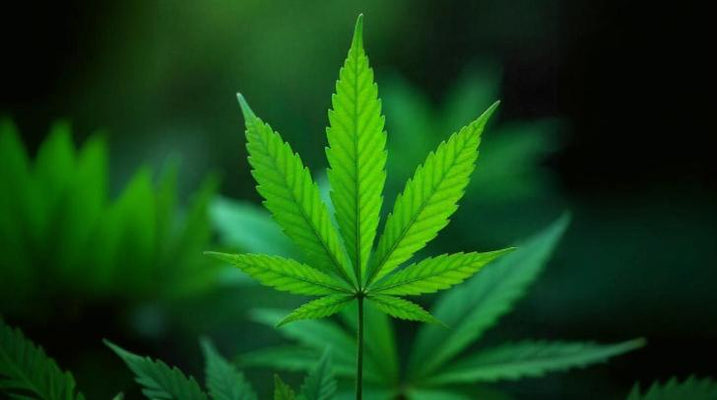

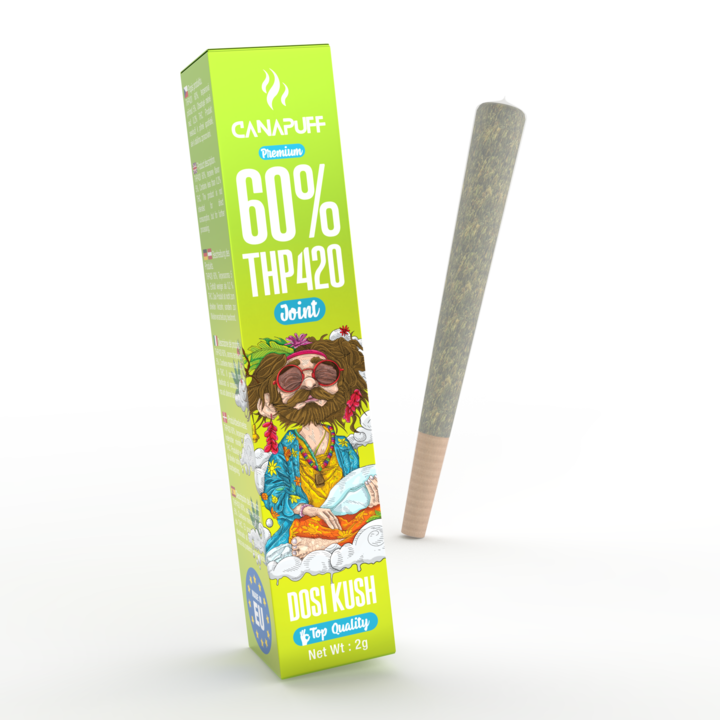
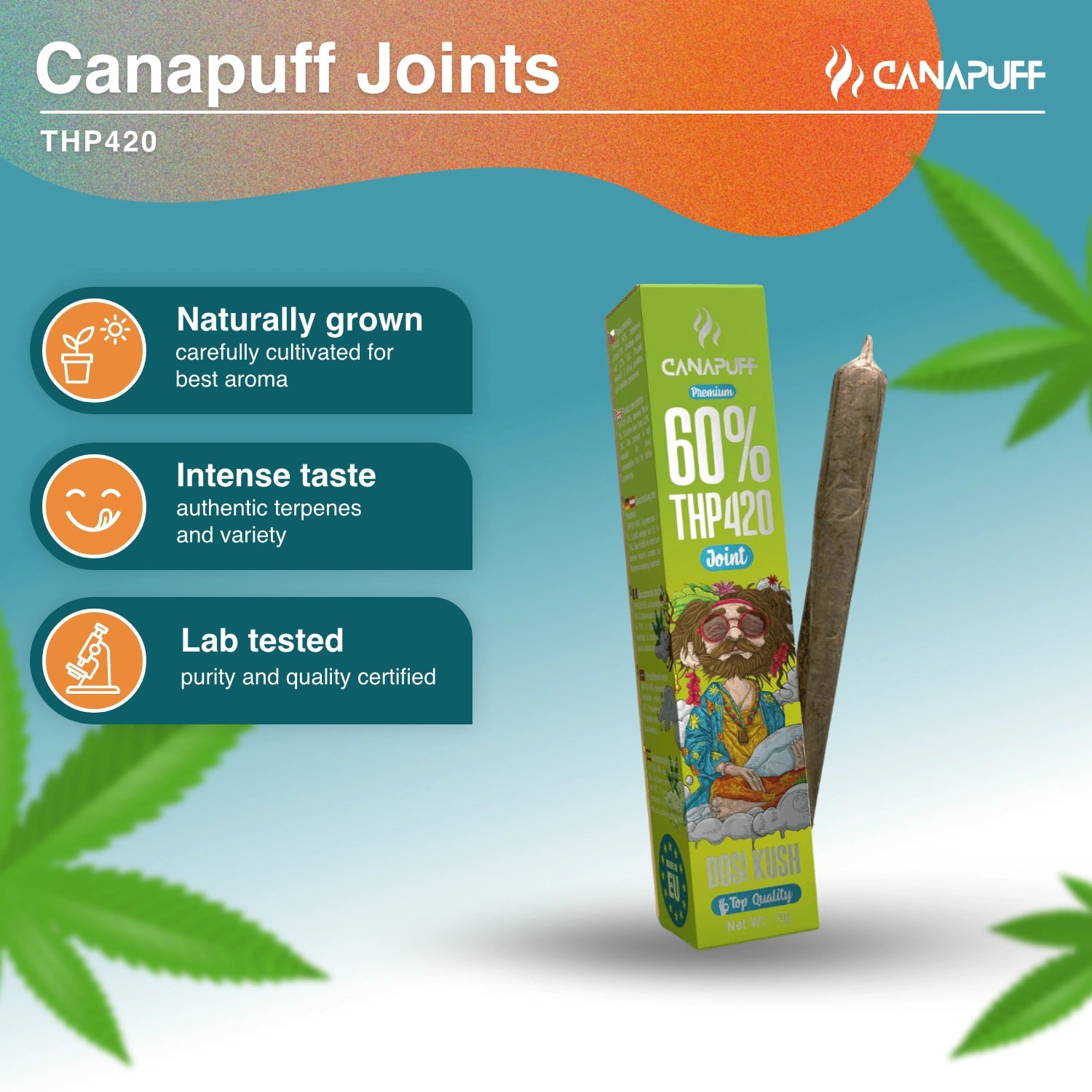
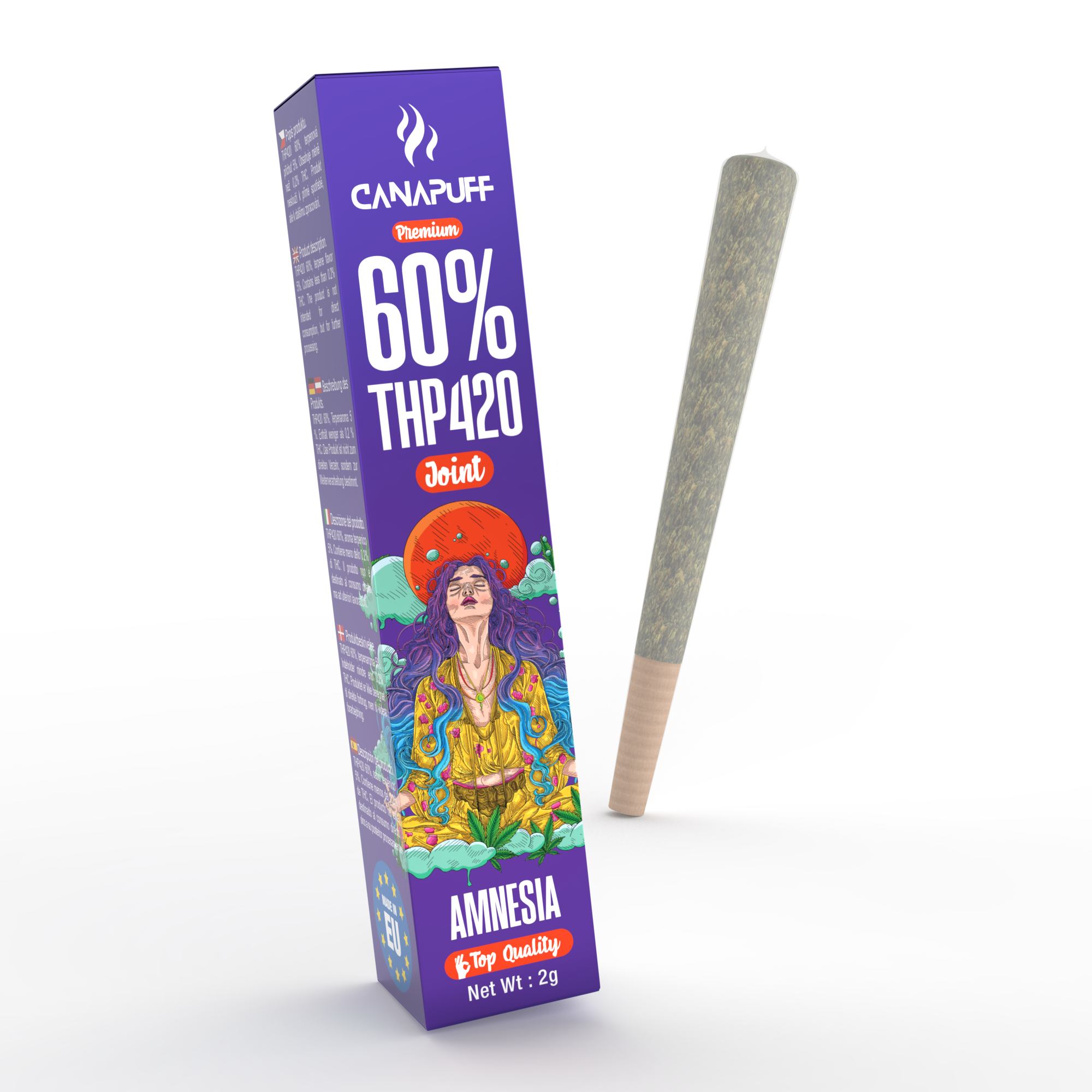
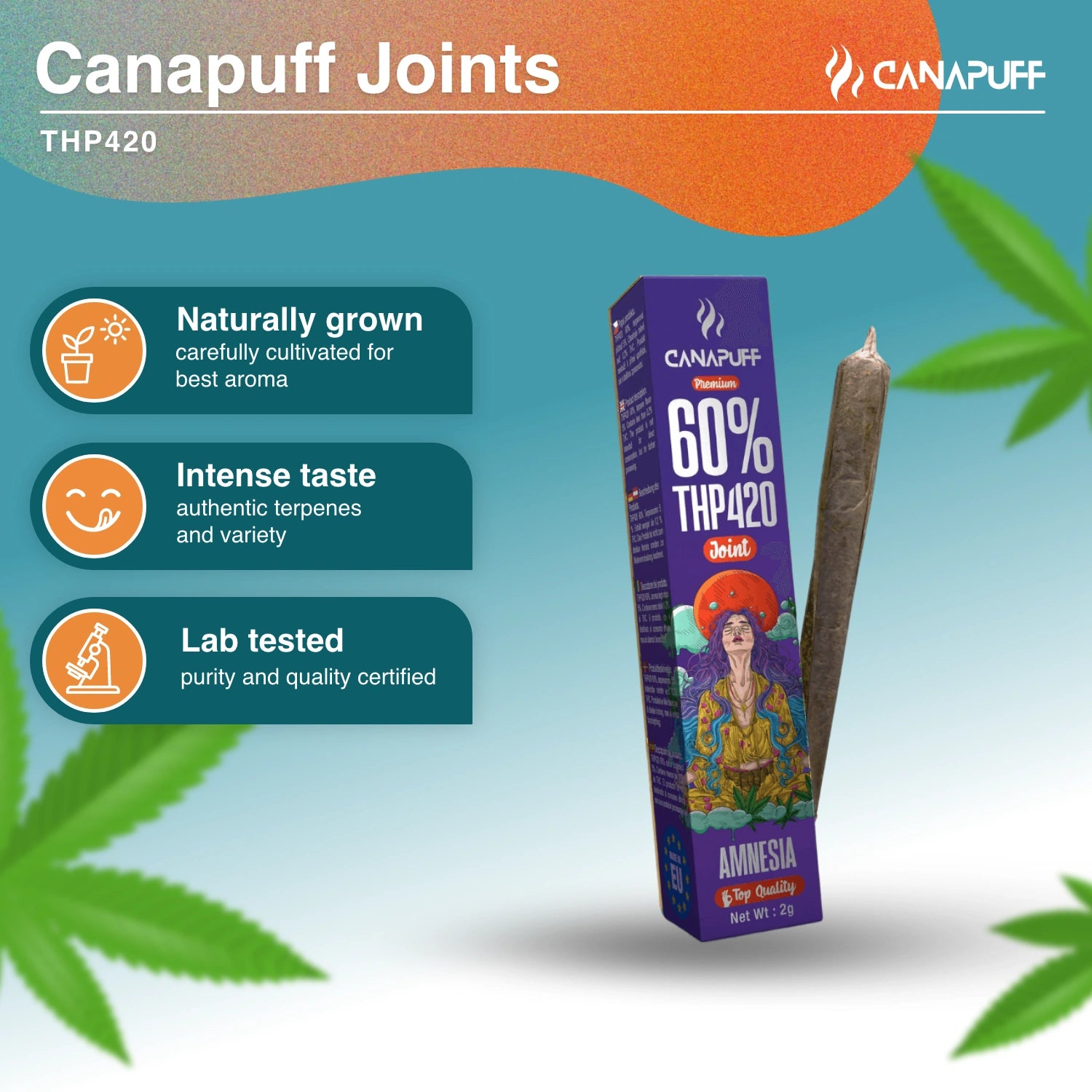
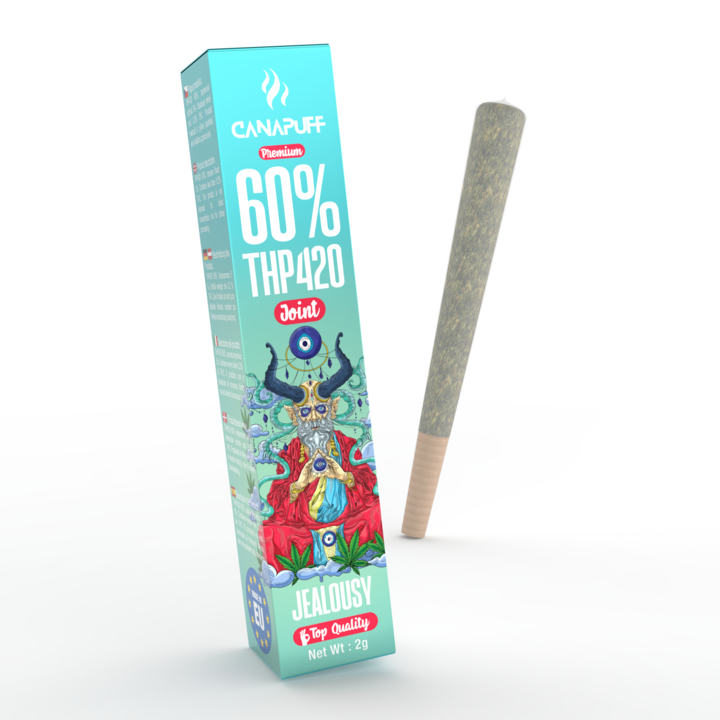
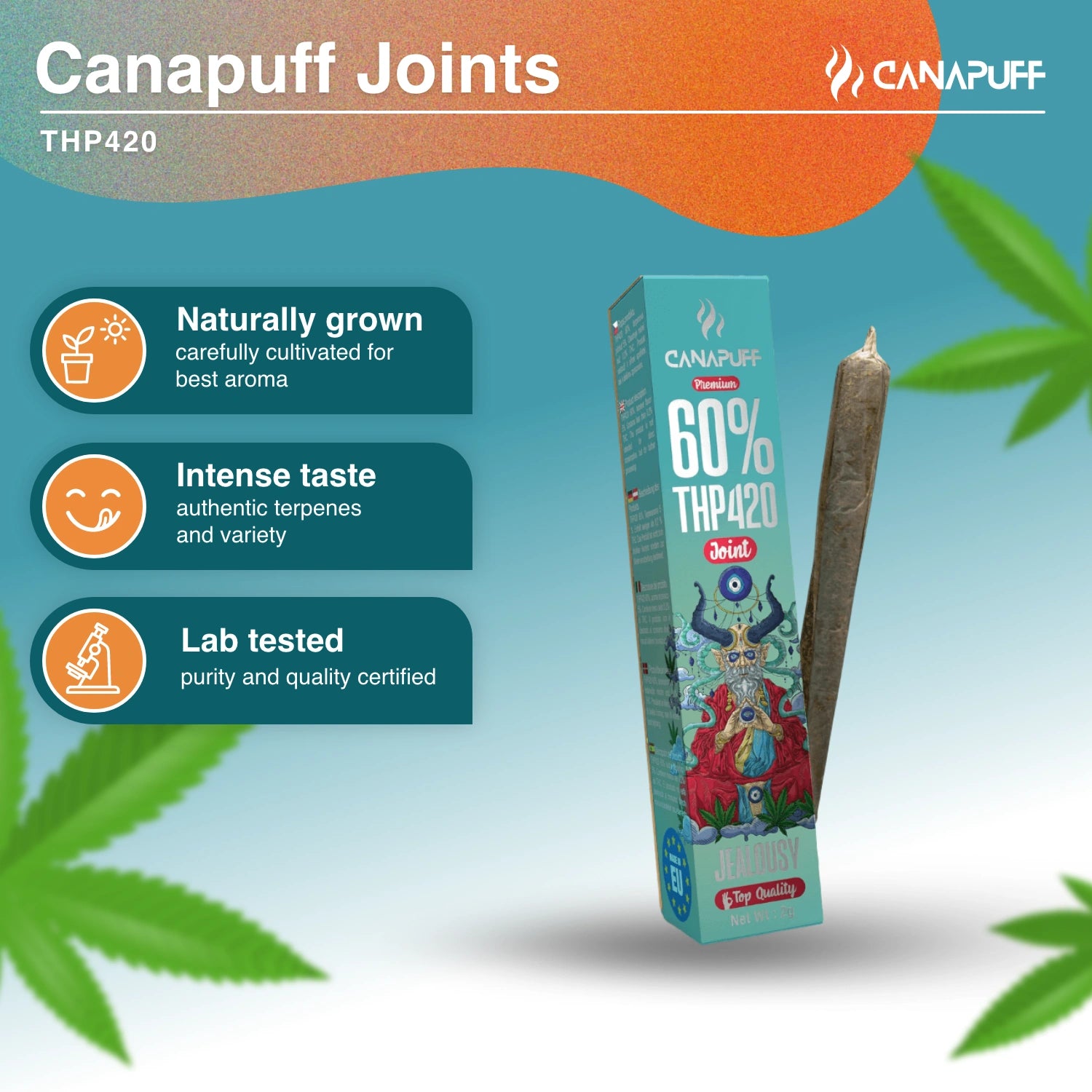



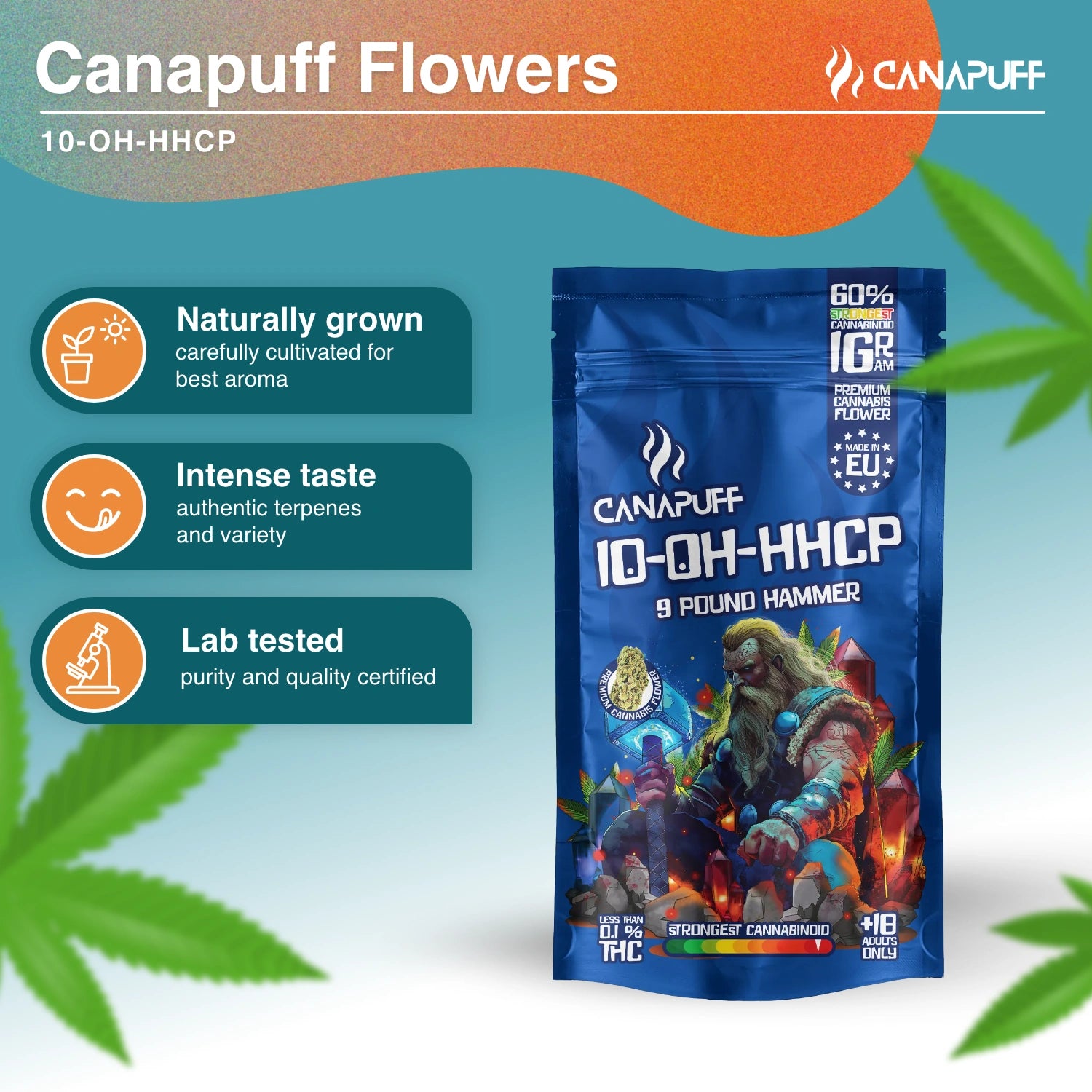
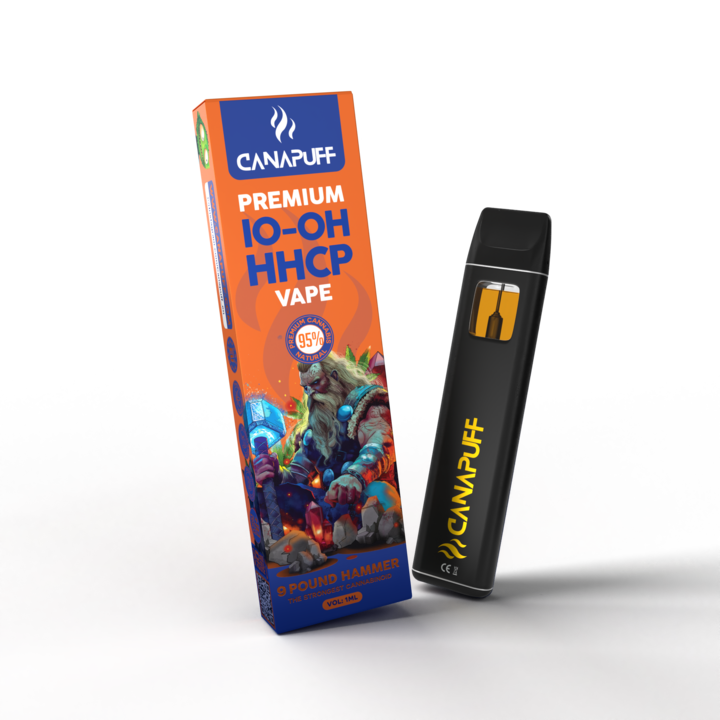
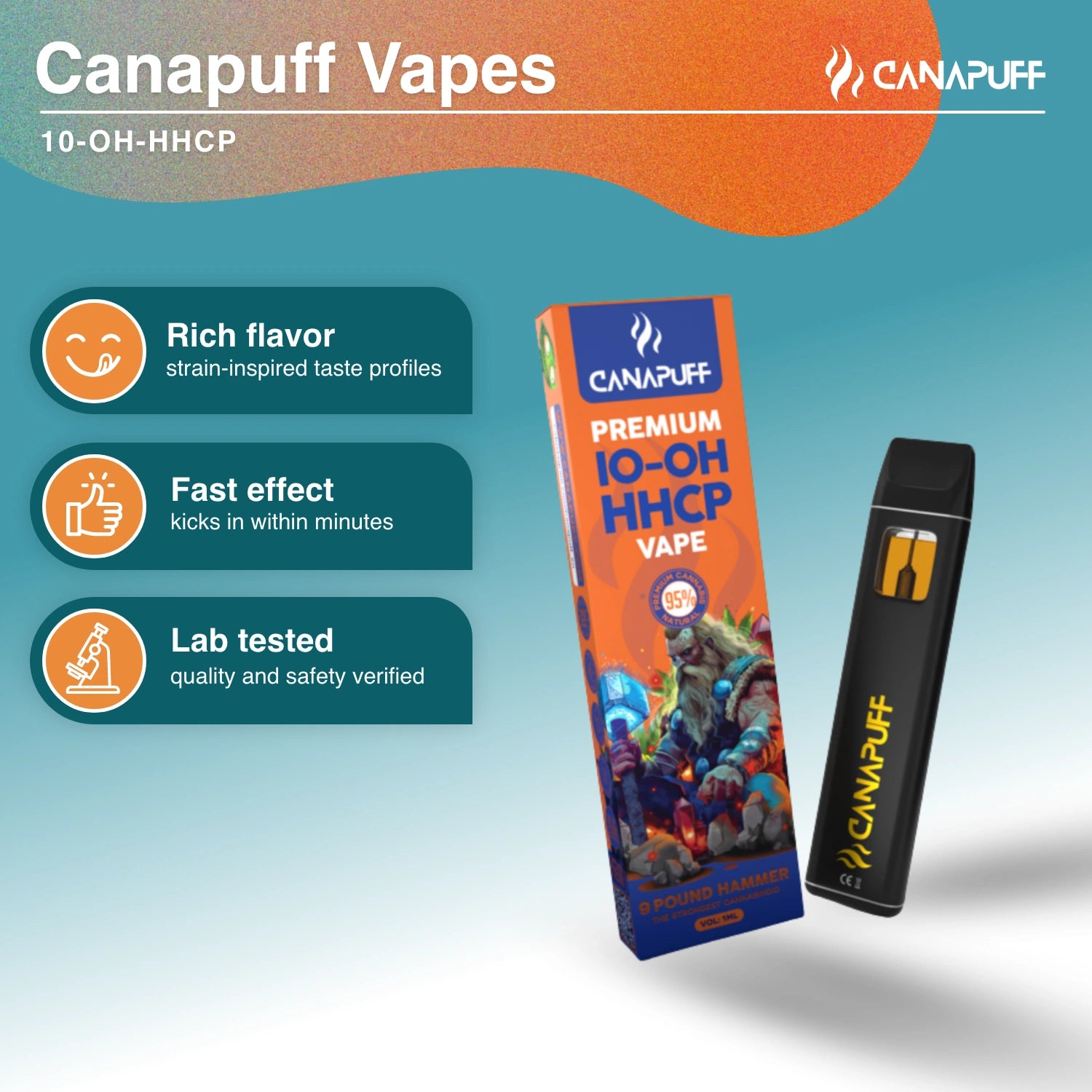







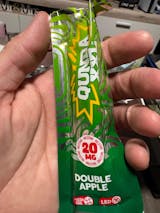


Leave a comment
This site is protected by hCaptcha and the hCaptcha Privacy Policy and Terms of Service apply.